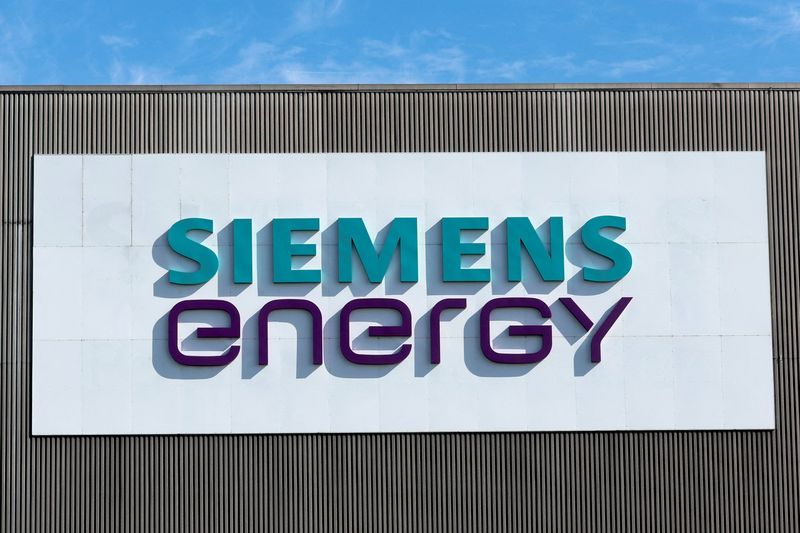Tyson Foods to close major Nebraska beef plant amid cattle shortage - WSJ
Investing.com -- Siemens Energy said on Thursday it plans to return as much as 10 billion euros to shareholders by 2028, supported by surging global demand for power-infrastructure equipment.
The plan combines up to 6 billion euros in share buybacks with the remainder distributed through dividends as the company leans into what it sees as a multiyear investment cycle in grids and gas turbines.
The announcement came at its U.S. capital markets day (CMD), where Siemens Energy detailed stronger mid-term targets after a year of sharp order growth in both gas and grid technologies.
Morgan Stanley analyst Max Yates described the buyback as a “strong message on the confidence in the balance sheet.”
Bank of America analysts said the buyback “illustrates significant free cash flow (FCF) generation.”
“We think this also addresses concerns about ENR’s capital allocation; the company is now returning the same 1/3 of available cash to shareholders as peer GE Vernova.”
Shares initially jumped to their highest level since the 2020 spin-off, but later reversed to close 2.9% lower as the broader global tech sell-off dragged the stock into the red.
The decline extended into Friday, with the stock tumbling as much as 8.7% by 09:53 GMT.
Asian and European markets weakened on Friday after Wall Street’s late-session reversal a day earlier, with Nvidia sliding from early gains to finish sharply lower as fresh AI-bubble worries hit sentiment. Semiconductor names across both regions dropped on Friday, tracking the tech-led pullback.
Siemens Energy shares rocketed more than 100% this year on optimism around AI. The company has benefited from the AI build-out as data-center operators step up orders for its transformers and switchgear. Growing global power demand is also driving stronger sales of its high-margin gas turbines.
Aside from the buyback announcement, Siemens Energy’s CMD showed that its Grid backlog margins increased by 300 basis points in 2025, which Yates described as “very encouraging.”
Gas Services new equipment margins rose by 500 basis points and Gas Services aftermarket and Siemens Gamesa each added 100 basis points.
“We actually find the grid backlog margin trajectory the point that is most encouraging,” Yates wrote.
The analyst said the scale of new grid orders added in 2025 — about €21 billion, or roughly 45% of the total backlog — explains the sharp improvement in profitability.
He noted that “for these new orders to drive backlog margins up by 300bps,” the implied EBITA margins would need to be “20%+,” which he said supports confidence in the upper end of Siemens Energy’s 18–20% grid margin range for 2028.
In gas turbines, Siemens Energy raised its assessment of long-term market demand to more than 100 GW annually between 2026 and 2035, compared with about 85 GW in 2025. The company plans to lift combined-cycle gas turbine capacity to more than 30 GW by 2030, roughly 40% above its earlier assumptions.
“Clearly c30GW would allow Siemens to maintain its market share of c30%, but is dependent on the currently very strong market backdrop continuing, and the building blocks around this 100GW+ demand assumption will clearly draw some scrutiny today,” Yates noted.
Siemens Energy is also continuing to streamline its onshore wind manufacturing footprint, reducing the number of sites to four by 2026.
It reaffirmed expectations for an offshore wind market of 11–12 GW annually through 2031, a level analysts said supports delivery forecasts well into the next decade.
